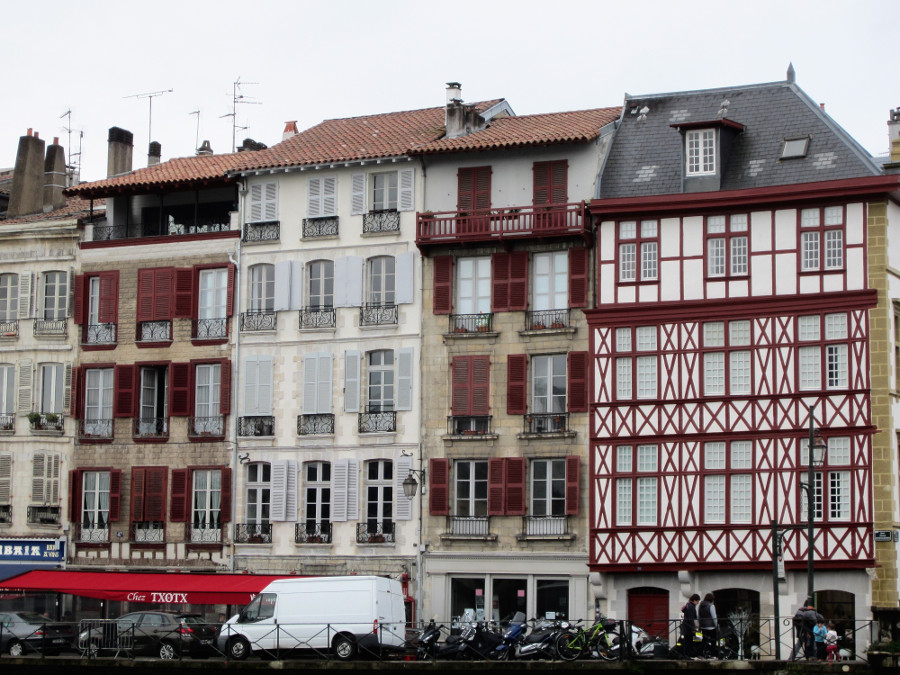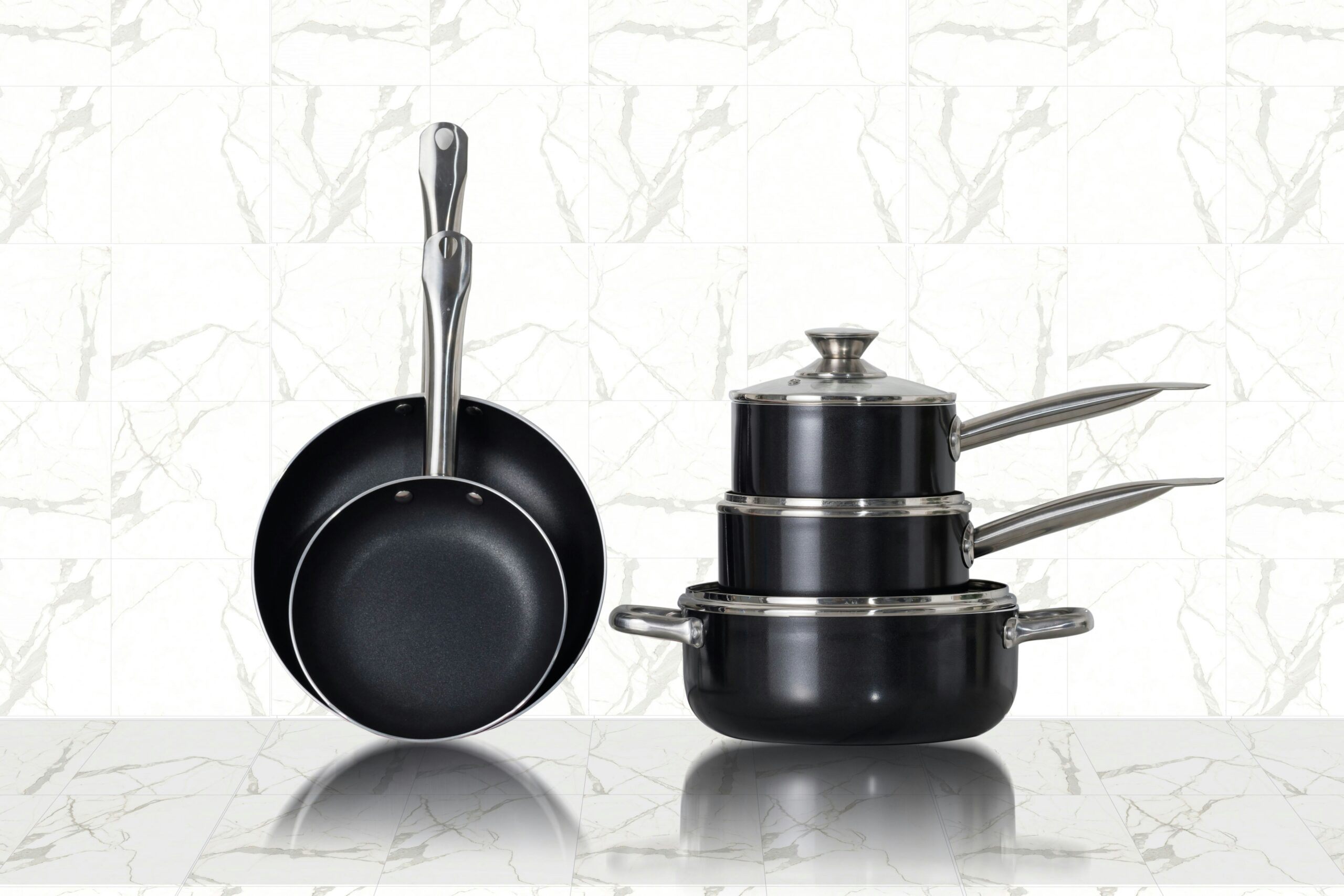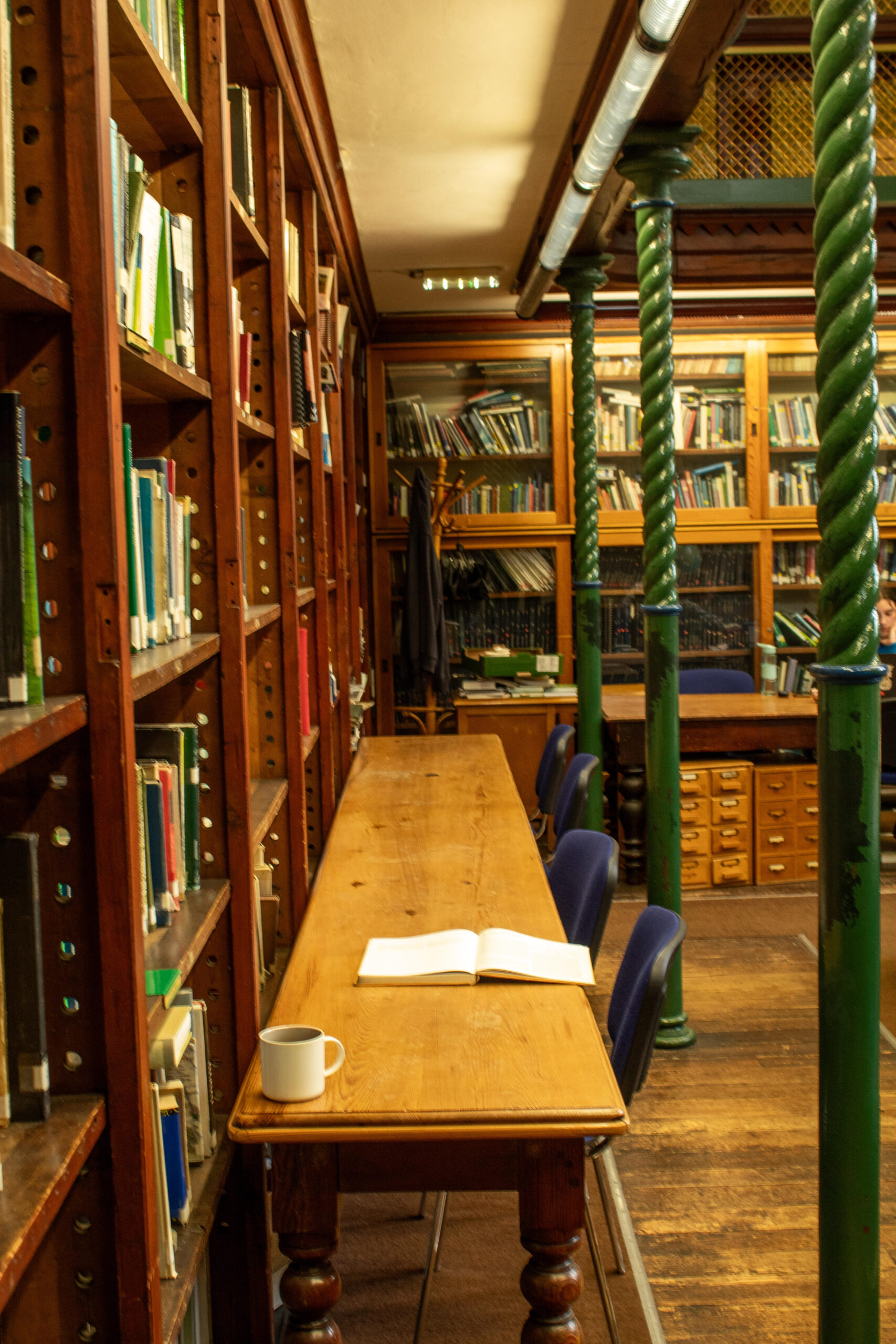As soon as the plane approaches the coast, visitors notice through the window that the French Basque Country is a landscape of contrasts. On one side the rugged Pyrenees separate France from Spain, on the other the unrelenting ocean rumbles on the shore like thunder. The region’s main assets guarantee a good time for those who like outdoor activities – whether you fancy relaxing on the beach or hiking, the French Basque Country offers something for everyone.
The coast remains the most visited part of the region and, as such, can be suffocating at the peak of the tourist season. I strongly recommend coming in autumn to avoid the crowd and enjoy temperatures up to 27°C. Anglet and Saint-Jean-de-Luz have popular beaches, yet Biarritz is the spot that takes visitors back in time.
Biarritz’s iconic status is due to French Empress Eugénie’s choice to make it her holiday resort in the 1850s. Some decades earlier, Victor Hugo praised the authenticity of this fishermen’s village and “feared it would become fashionable”. His suspicion was correct: European aristocracy quickly started coming to Biarritz as it was the new place to be seen. Up until the early 20th century, monarchs such as Queen Victoria, King Edward VII and Alfonso XIII of Spain regularly visited this seaside resort.
Victor Hugo praised the authenticity of this fishermen’s village and “feared it would become fashionable”
Now home to the five-star Hôtel du Palais and Russian billionaires, Biarritz’s taste for luxury is still accessible to students in the Miremont tearooms. Founded in 1872, the decoration has barely changed since, and you can appreciate their gorgeous pastries among vintage faded mirrors with a view over the ocean. After that, visit the aquarium or enjoy a promenade along the shore, admiring the eroded rocks scattered over the sea. The most famous of them is the Rocher de la Vierge, where a statue of the Virgin Mary was placed to guide sailors lost at sea.
Biarritz’s prestige also lies in sports as it has been a well-known surf spot since the 1950s. However, the whole region benefits from the Atlantic Ocean. Once a year, the Belharra wave – between eight and 15-metres high – attracts surfers from all over the world between Urrugne and Saint-Jean-de-Luz. Like Biarritz, the latter used to be a fishing village.
Saint-Jean-de-Luz’s main shopping street displays all the shops one needs to buy a typical souvenir from the region, including the true macarons, native to this town, which have nothing to do with the commercial pastel-coloured versions. The main piazza is surrounded by traditional Basque architecture and people constantly fill the cafes’ terraces. Facing them stand what are now museums where King Louis XIV of France and the Spanish Infanta Maria Theresa stayed. The couple married in Saint-Jean-de-Luz in 1660 as its border territory was conveniently located between their warring countries.
Yet the last town on the French border is technically Hendaye, from which departs a special train line called euskotren crossing the Spanish Basque Country (including Saint Sebastian and Bilbao). If you want to travel there, be aware that the stations’ names and ticket machines are only in Basque as Spanish Basques are keener on promoting their culture and language than the French ones.
Hendaye’s cliff road is breathtaking, especially during summer when the heath blooms, but the town’s best attraction is the Château Abbadia overlooking it. Its first owner, Antoine d’Abbadie (1810-1897), born in Dublin to an Irish mother and a Basque father, was a brilliant linguist, explorer, geographer and scientist who travelled extensively. Visitors are greeted with a “Céad Mile Fáilte” engraved over the porch and the Château’s imaginative rooms reflect d’Abbadie’s multicultural background via inscriptions in the several languages he spoke, including English and Basque.
If you want to travel there, be aware that the stations’ names and ticket machines are only in Basque as Spanish Basques are keener on promoting their culture and language than the French ones
For those who prefer mountains and venturing outside the box, the inland French Basque Country offers alternative paths often considered more authentic. The Larrun peak (known locally as La Rhune) occupies a key place in Basque folklore and legends with its Neolithic dolmens and stone circles. It is 905m high and accessible via a small train offering picturesque views. For the risk takers, the mainland Holzarté gorges and their canyons promise to make you shiver: a frail footbridge moving under your feet connects the two sides over 180m of emptiness. For avid walkers, three routes encompassing the charming citadel of Saint-Jean-Pied-de-Port lead to Santiago de Compostela.
The inland French Basque Country has preserved many of its traditions. You have a better chance of seeing Basque pastorals (sung plays performed every summer by a different village), pelota matches and traditional dances there. Typical Basque villages like Aïnhoa, Espelette, Urrugne or Saint-Etienne-de-Baïgory comprise of the traditional Basque houses made of dark green or red-stained timberings.
The French Basque Country is a hidden gem for history and art lovers too. The inland town of Mauléon-Licharre has two castles opened during summers: the fortified one perched on a hill which recalls that the region was ruled by the English for three centuries and the Renaissance Château d’Andurain. In Urrugne, the Château d’Urtubie was once occupied by the Duke of Wellington. In Bayonne, the cathedral and other medieval buildings have survived, though often wobbly, and for those interested in art history, the Musée Bonnat-Helleu (which will reopen in 2019) boasts work by prestigious artists like Da Vinci, Rubens, Goya and Ingres.
Another distinctive component of the cultural heritage is food. You will encounter throughout the French Basque Country numerous markets selling local products. Don’t miss the traditional pastry Gâteau Basque, Bayonne ham, Espelette pepper, black cherry jam, and, of course, seafood and the farmers’ sheep cheeses. Another local treasure is undoubtedly chocolate. After being expelled from Portugal in the late 15th century, many Jews emigrated to Bayonne, introducing chocolate to France. The town is now famous for its dozen or so chocolatiers and hosts a special weekend in either May or October dedicated to chocolate where you can watch demonstrations, take part in workshops or look with envy at chocolate fountains.
Don’t miss the traditional pastry Gâteau Basque, Bayonne ham, Espelette pepper, black cherry jam, and, of course, seafood and the farmers’ sheep cheeses
Above all, Bayonne is famous for its fêtes which take place at the end of July and welcome 1.2 million visitors over five days – 24 times larger than its usual population. As the French equivalent of Pamplona’s San Fermín, be prepared for an impressive crowd, long drinking sessions and other excesses. Though not really suited for the circumstances, the compulsory feria – Latin for “free day” – dress code includes a white t-shirt and trousers with a red scarf tied over the neck.
Outside the feria period, partying is still associated with Bayonne’s spirit. This is the place where one can feel the strongest connection to Spanish and Basque cultures via its countless tapas bars and restaurants. Avoid those along the River Nive which are expensive tourist traps that serve to only privilege those in the city centre. Bayonne is very colourful and its population less “stiff” than Biarritz’s. Yet both towns are not only opposite in terms of social class, they also compete on the rugby pitch.
Although just 8km away from each other, Bayonne and Biarritz can boast two national teams, and the locals’ frenzy during a rugby match is legendary – as well as post-match. The shared enthusiasm for sports and gathering in public spaces by both the Basques and the Irish contributes to the positive image each nation has of the other.
Other subtle allusions to Ireland can be found in the French Basque Country beyond Bayonne’s Irish shop and pub. Historically, both people emigrated en masse to the Americas to escape poverty, although the Basques favoured Argentina and Uruguay. The Basque language, the origins of which are shrouded in mystery, knows a revival similar to the Gaelic one. Many Basques who visit Ireland find similarities between the scenery of their region and that of Cork, as it also combines a hilly rural environment with the sea. Countless Irishmen told me that the Basques and the Irish had common ancestors, and although this is anthropologically inaccurate, they undoubtedly share a strong identity and a celebrated friendliness.







